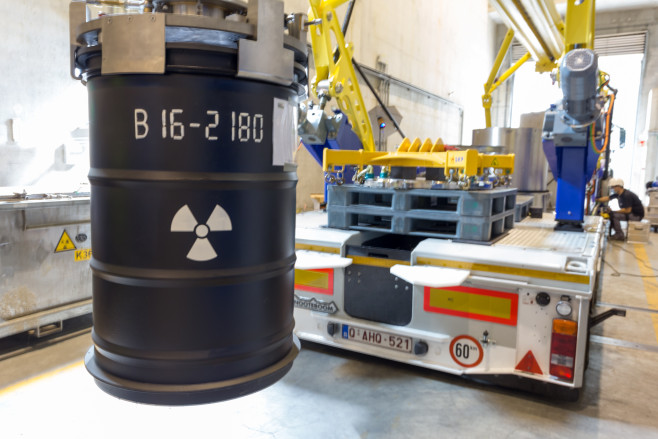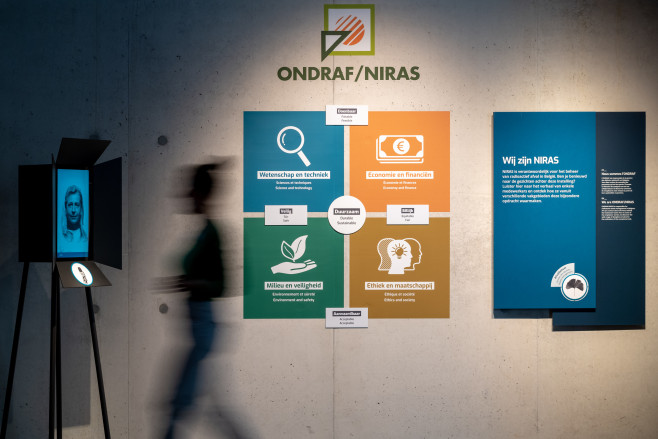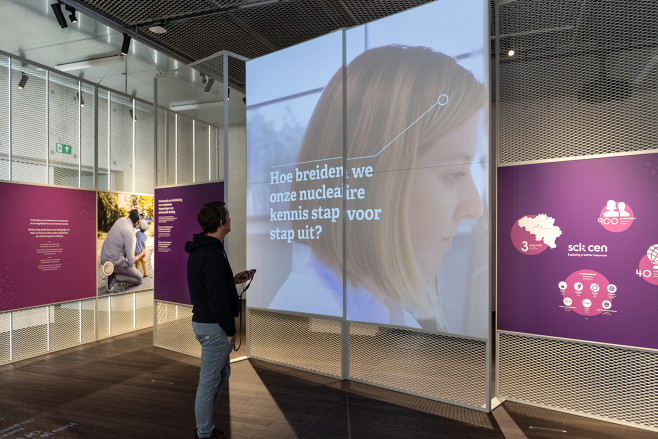Radioactivity
From radioactivity to radioactive waste
Radioactivity has been used since the mid-20th century for various applications. They include, for example, the production of electricity in nuclear power plants, detecting or treating diseases in hospitals, and a variety of other applications in industry and for scientific research. This generates radioactive waste.
Radioactive waste contains substances that emit ionising radiation. This radiation contains so much energy that it can cause changes to the material into which it penetrates. Until the level of radioactivity has dropped to an acceptable level, the waste must be stored carefully in order to protect humans and the environment. This is the job of ONDRAF/NIRAS.
Solutions for radioactive waste
Everyday waste management is routine industrial process that is carried out with the involvement of Belgoprocess in Dessel. Here, the waste is processed and temporarily stored in specially adapted buildings. The storage of waste drums in buildings is a safe but temporary solution. The aim is to avoid burdening future generations with looking after the waste; after all, the waste must be kept separate from humans and the environment for hundreds up to hundreds of thousands of years, depending on its activity and life span.
Low- and intermediate-level short-live waste will be sent to the future near-surface repository in Dessel. This type of waste will have lost most of its radioactivity after several hundred years. For high-level waste and/or long-lived wasted, NIRAS is proposing geological disposal as a long-term solution. This type of waste has to be kept separate for a much longer period until it no longer poses any risk, and this may be hundreds of thousands of years.
Looking for more information about radioactive waste? Visit Tabloo and the website of ONDRAF/NIRAS.
ONDRAF/NIRAS
ONDRAF/NIRAS is the agency responsible for the safe management of radioactive waste and enriched fissile materials in Belgium. It also takes partial responsibility for the remediation and dismantling of decommissioned nuclear plants. In addition, ONDRAF/NIRAS invests in knowledge by deciding on research programmes and integrating their results into its operations. It also makes policy proposals to the Government and engages in dialogue with society in order to create support for solutions. Finally, ONDRAF/NIRAS ensures that the division of the financial burden is in keeping with the principle of 'the polluter pays'.
Visit Tabloo and the website of ONDRAF/NIRAS
SCK CEN
SCK CEN, the Belgian Nuclear Research Centre, is a global leader in nuclear research, services, and training. Driven by a passion for science and innovation, SCK CEN works in a future-orientated way towards achieve a better society. Its research activities focus on the major issues, including the safe operation of nuclear plants, protection against radiation, and cancer prevention. SCK CEN offers practical solutions for societal challenges, and as part of this, the research centre shares its expertise with the wider public.
Visit the website of SCK CEN
About Tabloo
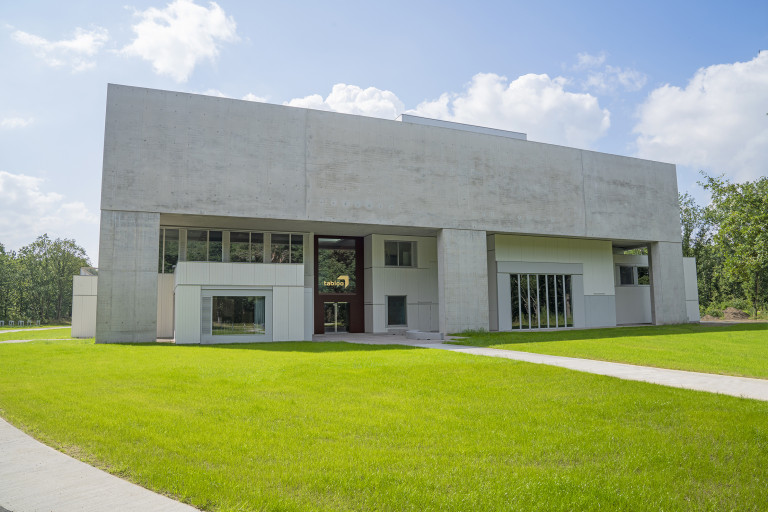
History
Curious as to how Tabloo came about? Where did the idea come from and why is Tabloo located in Dessel?
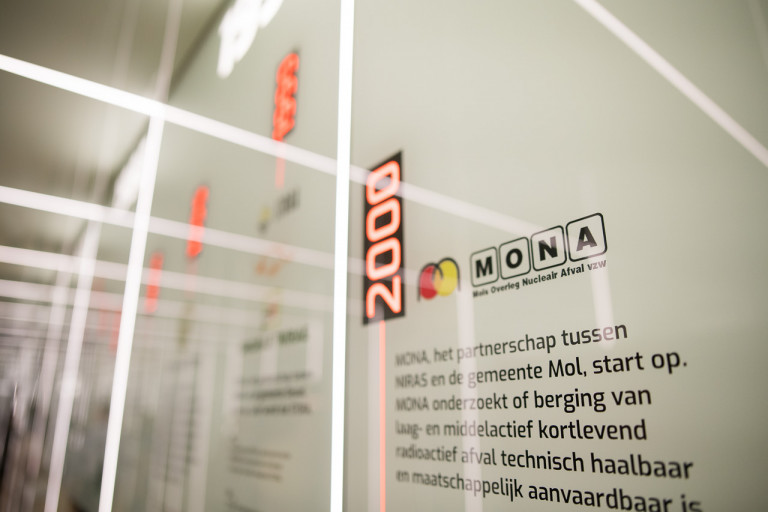
Partners
What do the STORA and MONA partnerships do? And what is the role of ONDRAF/NIRAS and SCK CEN?
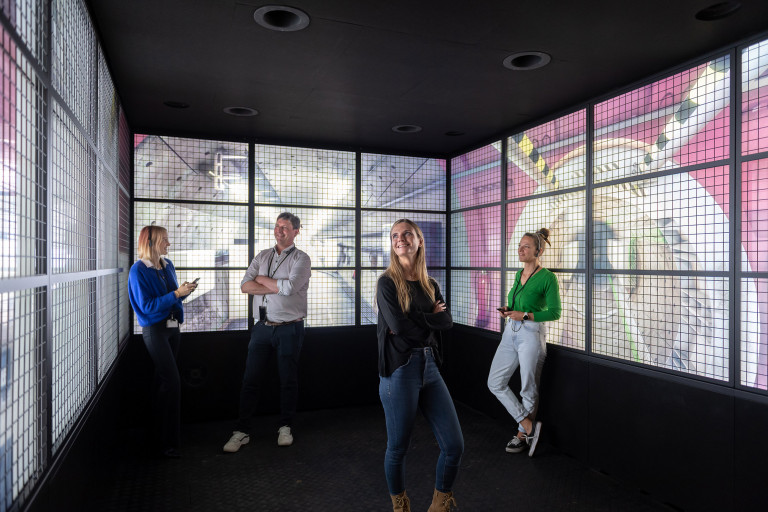
Expoo
Immerse yourself in an invisible world and experience radioactivity through fun, interactive exhibits.
